Deep dive: Spotify, stats and social pressure
Because not having Frank Ocean on your Spotify wrapped is a crime.
👋 Hello! We’re The Z Link, a global Gen Z-led social media agency that helps brands reach our generation. The Digital Native, written by our Trends Reporter, Shaurya, takes a deep dive into niche internet micro-trends and subcultures, and analyzes them so you don’t have to. For any feedback, questions or suggestions, just reply to this email!
We’re going to get philosophical. Shakespearean even — to be or not to be, that is the question: Whether ‘tis nobler in the mind to succumb to social pressure or to be cringe and free? Those are questions I’m answering today because I could’ve written Hamlet, but Shakespeare could never have written these newsletters. No, but seriously, with today’s internet and social climate, these are things that need to be addressed. Release us from the shackles of being perceived. If I want to listen to Sketchers by Drip Report 20 times daily, LET ME. But before I get heated, let’s talk about it.
(Social) Pressure and perception
Peer pressure has been around for ages. I’m pretty sure even the cavemen would've had their version of it: “Kill the woolly mammoth or you’re a loser,” but in more archaic language. It’s funny to think about, even if it’s untrue. I don't want the scientists debunking this; let a girl stay silly online. 🙄
But what happens to peer pressure, which only existed within your immediate friend circle, when the internet is introduced? Earlier, you just had to impress only YOUR friends to fit in; now, it’s a large group of strangers you’ll probably NEVER meet in addition to your friends. So now, not only do you have to be cool in real life, but also online.
With the introduction of MySpace, everyone started to feel a little more conscious about the way strangers saw us because they had a lot more access to us than before. Earlier, you’d see a stranger once, and that’s about it, but now they could visit your page repeatedly. And sure, it’s a stranger, so who cares, but the idea of lasting first impressions that has been ingrained in us for years obviously plays a part. It’s only human to want everyone to like you; that’s just how we’re wired, and it’s not problematic, but it’s the way this need for validation has evolved in a way where people are becoming more inauthentic and running after what’s cool instead of taking the time to be alone and figuring out what you ACTUALLY like.
I won’t come here with a holier-than-thou attitude because I’ve been there. But then I grew up. Being isolated throughout quarantine and in Paris after the pandemic ended allowed me to explore what I liked. The only way to beat being part of a herd is to interact with all kinds of herds. That’s literally it. Remain open to new experiences and force yourself out of your comfort zone. And if you love something that’s popular today but won’t be tomorrow, THAT IS OKAY. What’s important is that YOU like it. You should be the coolest person you know.
Okay, but how do you define what’s cool? Trends define what’s cool at the moment, but trends reflect what’s cool to a large group of people. That’s just the way the cookie crumbles. And trends are so short-lived that it becomes essential to truly understand whether you like it before investing in it. The best way might be not to consume that trend on social media platforms, even for a week. If you like something that’s trending, research the heck out of it to contextualise it. It’ll give you a better understanding of the trend and yourself. You might not like the trend today, but maybe down the line, in a couple of years, you will, AND THAT IS ALSO OKAY. Liking something that’s no longer in the mass psyche is okay; it’s not cringe, it’s just being authentic.
Do it for the Vine
Did it even happen if you didn’t post about it? Did a tree even make a sound whilst falling if we weren’t there to witness it? Did Carlos Sainz even win the Australian GP if we didn’t post about it? These incredibly Schrodinger-esque (I know it’s not a word) questions pretty much sum up the state of the internet.
The idea of doing it for the Vine was a precursor to today's trends. It was usually something silly. Many people started participating in it, and it translated into long-form videos on YouTube. On YouTube, these would be called ‘tags.’ Like the sibling tag or the couple tag. It’d really just be a general questionnaire on Tumblr or Twitter, and the YouTubers would answer them. Eventually, the tags became hauls and the hauls STUCK. I’m talking stuck like velcro because these are still being done. These hauls were also our first run-in with overconsumption.
What started as fashion hauls seeped into other corners of the internet, like art and books. We saw the hauls filmed in different formats like ‘monthly favourites’ or the good old tags. Still, there was a lot of authenticity because the hauls weren’t sponsored or were rarely sponsored. The creators had to use their own money, so they were mindful of where they spent money.
Is overconsumption leading to inauthenticity?
I think it is. Allow me to explain using our favourite community — booktok. Booktok is the prime example of the illusion of doing something rather than actually doing it. All the 100+ TBR lists and book hauls give an illusion that the person is a reader, but realistically, how many of those books can you actually read before your next monthly haul?
The same critique can be applied to Shein and Temu hauls. You don’t need the same top in 20 different colours. You’re a fashion influencer; you should know how to style one top in multiple ways. That’s what fashion has always been about — ingenuity.
You’re not fooling anyone. It’s easy to tell who’s in it for money and who’s in it for passion. This applies to every niche on the internet. You don’t need that Shein outfit; you need to be real(istic).
Hyper-curated personas
Everyone on the internet has one. I do, too. So, is it hypocritical to call out everyone while I do the same thing? A little, but at least I’m also doing things to appear more authentic. I’m practising what I preach. But about these personas, let me break it down for you.
Was the joke cringe? Yes. But what did I just tell you? As long as it’s fun for you and does not harm anyone, it’s not cringe. But okay, back to the personas.
Hyper-curation is everywhere, from Instagram feeds to your Spotify. You don’t want to come across as cringe — ew, no. You want people to know you’re cool and know what’s in. You want to be a snob and stand out because you want social acceptance, but you can’t be too similar to others; that’s also cringe. So, what do you do? You consume media you’re not a fan of because you fear losing that social validation.
There’s nothing personal in the previous paragraphs. I just wanted to be dramatic. But honestly, the way I see it, if someone’s Letterbox list, book recommendations or Spotify is ONLY niche things, I can’t help but think of them as pretentious. LIKE I’M SORRY, BUT IT IS VERY HARD TO BELIEVE YOU ONLY LISTEN TO OBSCURE BANDS FROM THE 1920s. BE SO REAL WITH ME.
These hyper-curated personas might have to do with trends and subscribing to only ONE aesthetic. A lot of the time, I’ve seen people often subscribe to only one aesthetic and never explore anything beyond that realm. They start to think that their aesthetic or the media they consume is superior to everything else (Classic literature booktok, high-fashion Twitter, and ‘80s rock enthusiasts are some examples where I’ve seen this superiority complex play out). This, in turn, assigns a look to a particular aesthetic or a hobby. For example, a girl who listens to Sade would be all about espresso martinis, leopard print skirts and lace camisoles. Or even look at when we covered tomato girls. This limits and even prevents people from exploring because they don’t necessarily look like that.
It’s reminiscent of when people gatekeep musicians on Tumblr because their aesthetic doesn’t match theirs. “What do you mean you want to listen to Panic! At The Disco? You’re wearing an all-pink outfit. Where’s your smudged eyeliner and chunky neon highlights? The table where they listen to pop music is over there? This is only for listeners of REAL music.” Like damn, sorry for being human and having layers and complexities in my media preferences.
Fetishisation of art
While these generalisations are happening, addressing the fetishisation of art forms is also important. The generalisations are turning people into calling each other posers or pick-me. There is no winning option. You post something that’s trending? What a poser. You post something AFTER the hype has died? God, you’re such a pick-me.
There’s an air of intellectualism now regarding any form of art on social media. Brutal criticism is hiding behind the extensive vocabulary. Suddenly, your favourite musicians aren’t making ‘real music’ anymore because they decided to explore a new genre. Stick to what you know; delving into a different genre is just a money grab. We’re seeing it with Beyonce’s latest album, and we saw it with Wiz Khalifa’s rock album. How do you differentiate between real art and money grabs?
In some cases, it’s pronounced; in others, it’s more challenging to know whether someone’s doing it for themselves or social validation. Wanting your favourite or yourself to stick to what you know is stunting your potential. It becomes fetishistic because you’re practically captive and bound to your comfort zone. You’re not judged, failing, or falling, but you’re not growing, either.
While that’s a very mild example of fetishisation, the overconsumption in different niches is a more evident and prominent example of art being fetishised. The creators are being looked at and perceived as something, so they keep doing that to keep that perception up. The constant production of content that centres around what you bought instead of what you do with the products you already have is exhibitionist in a sense. And while that might be a jarring sentence and revelation, it IS true.
Conclusion
Listen, I get it. Social perception is important; that’s just the world we live in, and trust me, I’ve been there. I stopped listening to Bollywood because I thought it’d make me look less cool. I used to want to get into classic literature because I did not want to be in the same category as other readers. Like, oh, you read Rupi Kaur? I read Rumi. But here’s the thing: Marie Kondo would’ve been disappointed in me because it did not bring me Joy. What’s the point of looking cool and hot if I’m unhappy? I was a child who should’ve been reading more Captain Underpants and less poetry about heartbreak.
I’m a self-admitting snob. I like being snobby for the drama, but I also know there is a limit to it. I will be snobby now and tell the snobs something they’ll hate. Your aesthetic is very likely connected to another aesthetic that you despise. All trends are connected. We’re not special. There’s no solid definition of ‘real art’ either. Because guess what? Johnny English is just as real as the James Bond franchise. Gucci Gang is just as real as Tupac’s discography, no matter how unfortunate the latter may be.
The point is to be cringe, free, and authentic because it is not that deep. If you want to read Captain Underpants at the big age of 21, do it (yes, I am talking about myself). And for businesses and creators, would you rather have a small number of extremely loyal and engaged community members or a large following that couldn’t care less about you? Choose wisely.



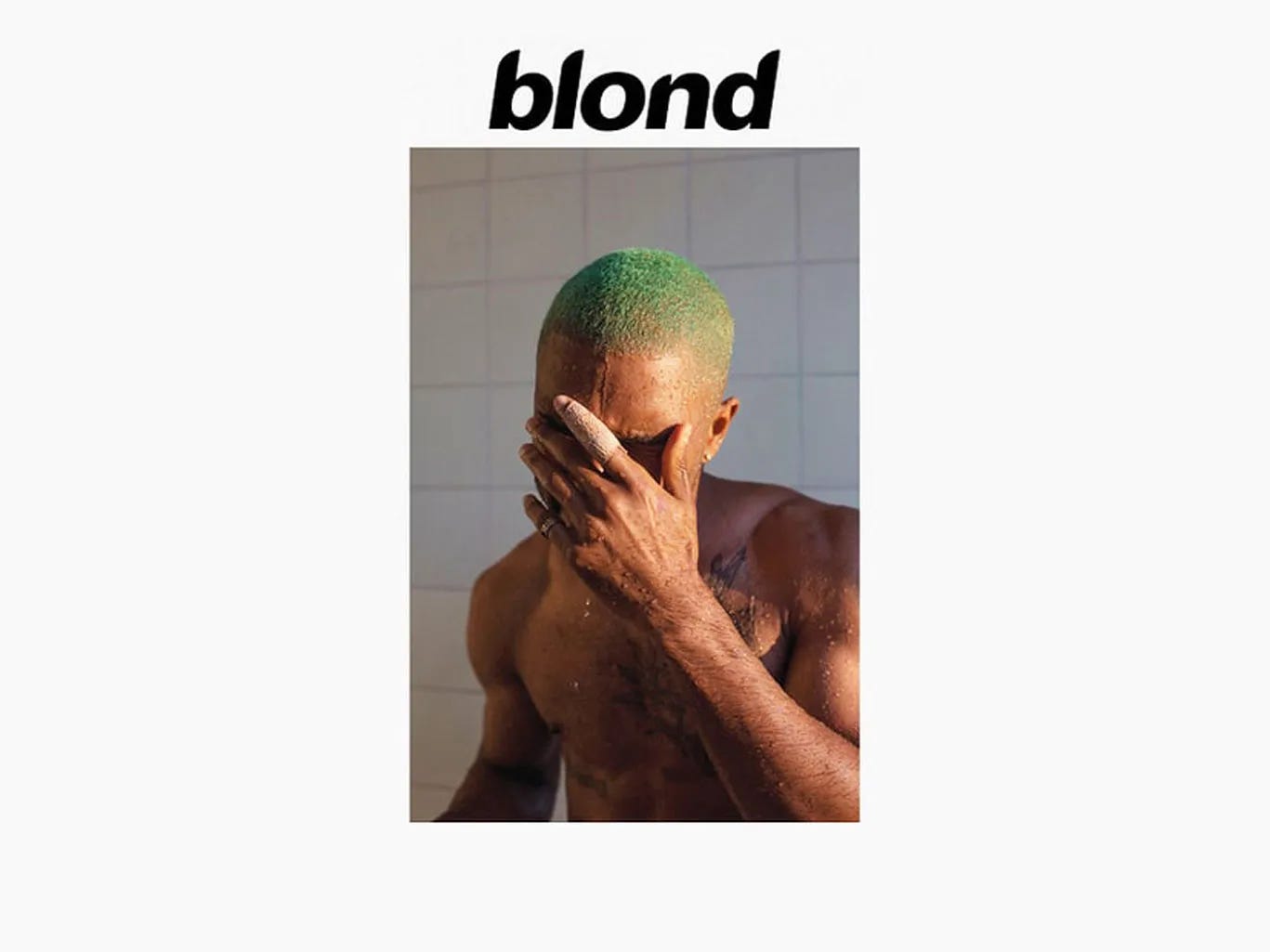


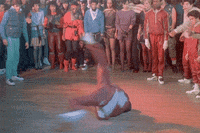
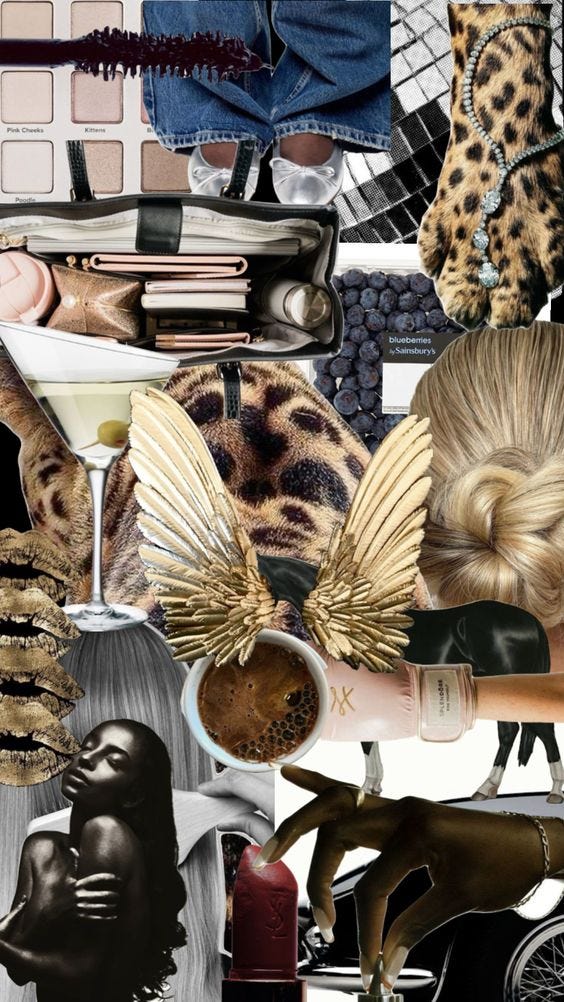
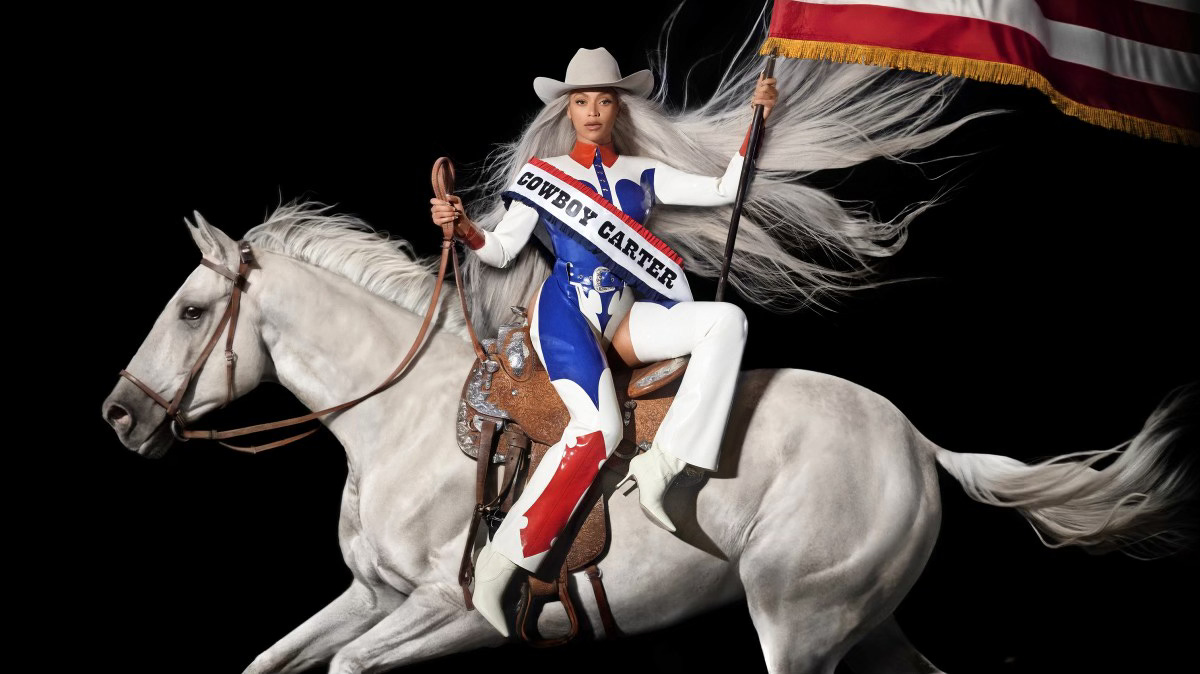
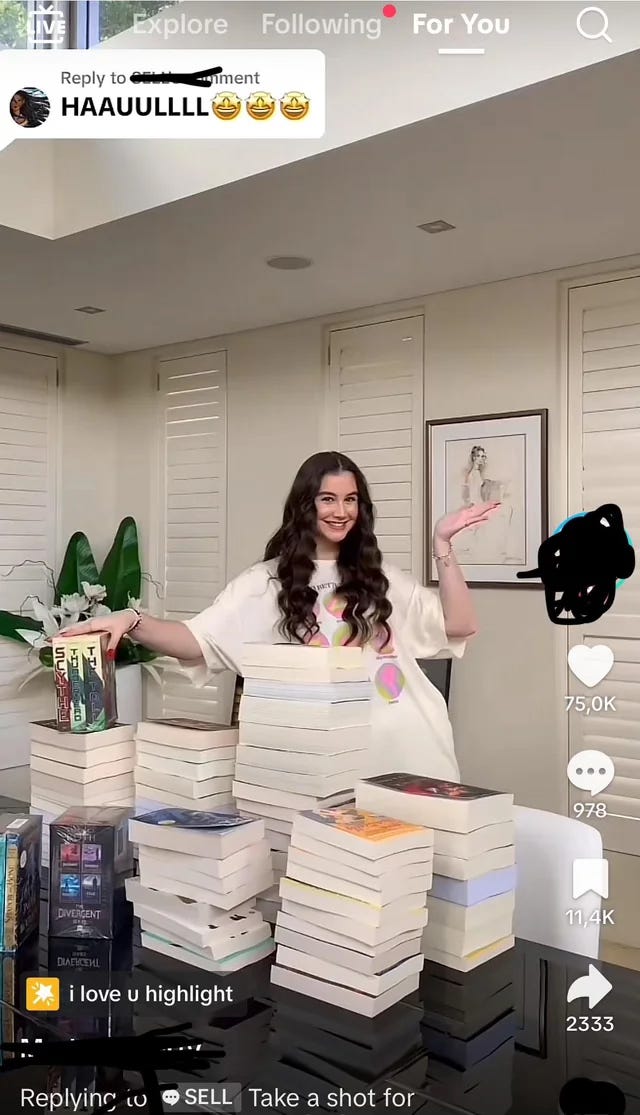
Yes to all of this. Thank you